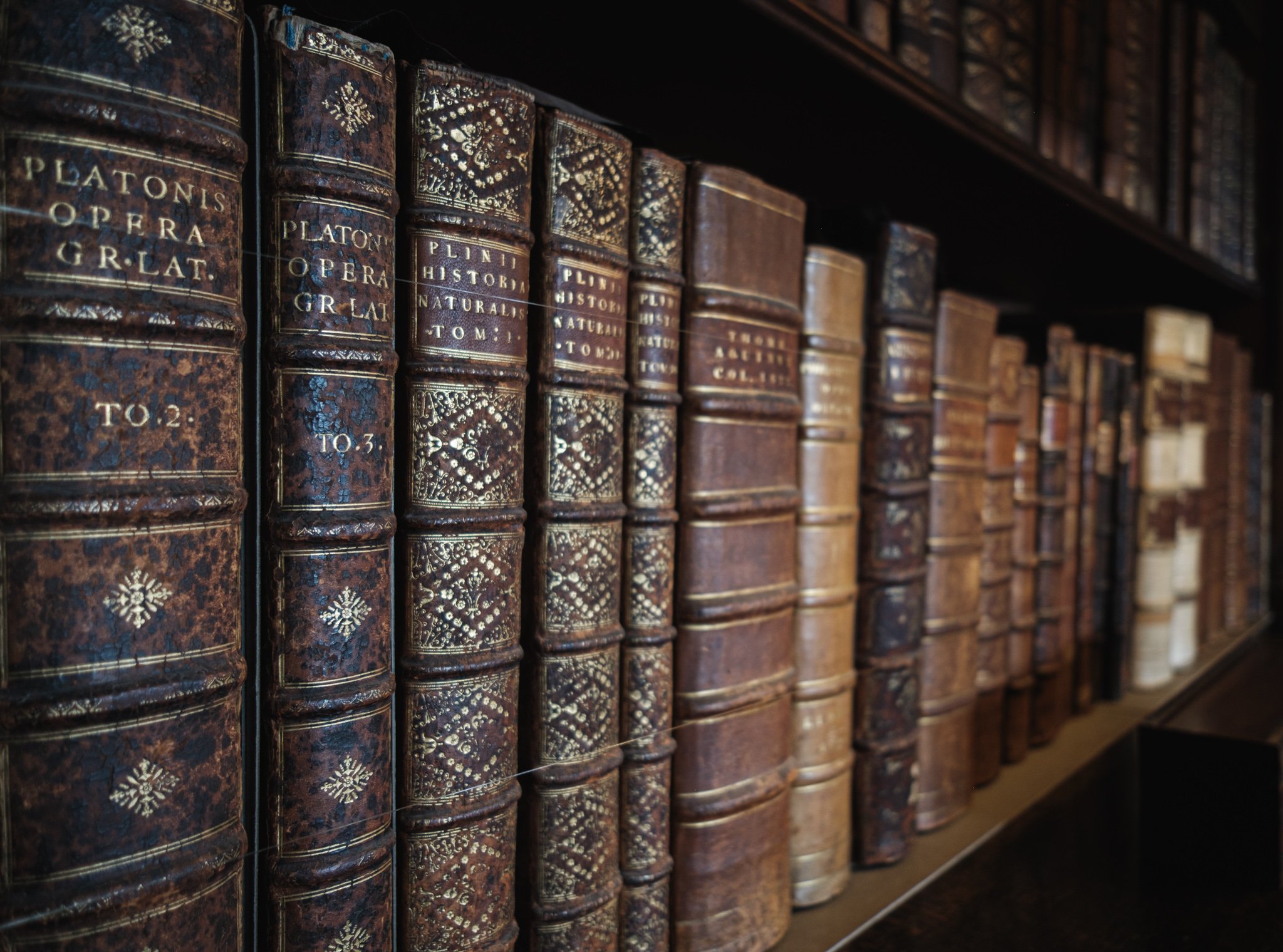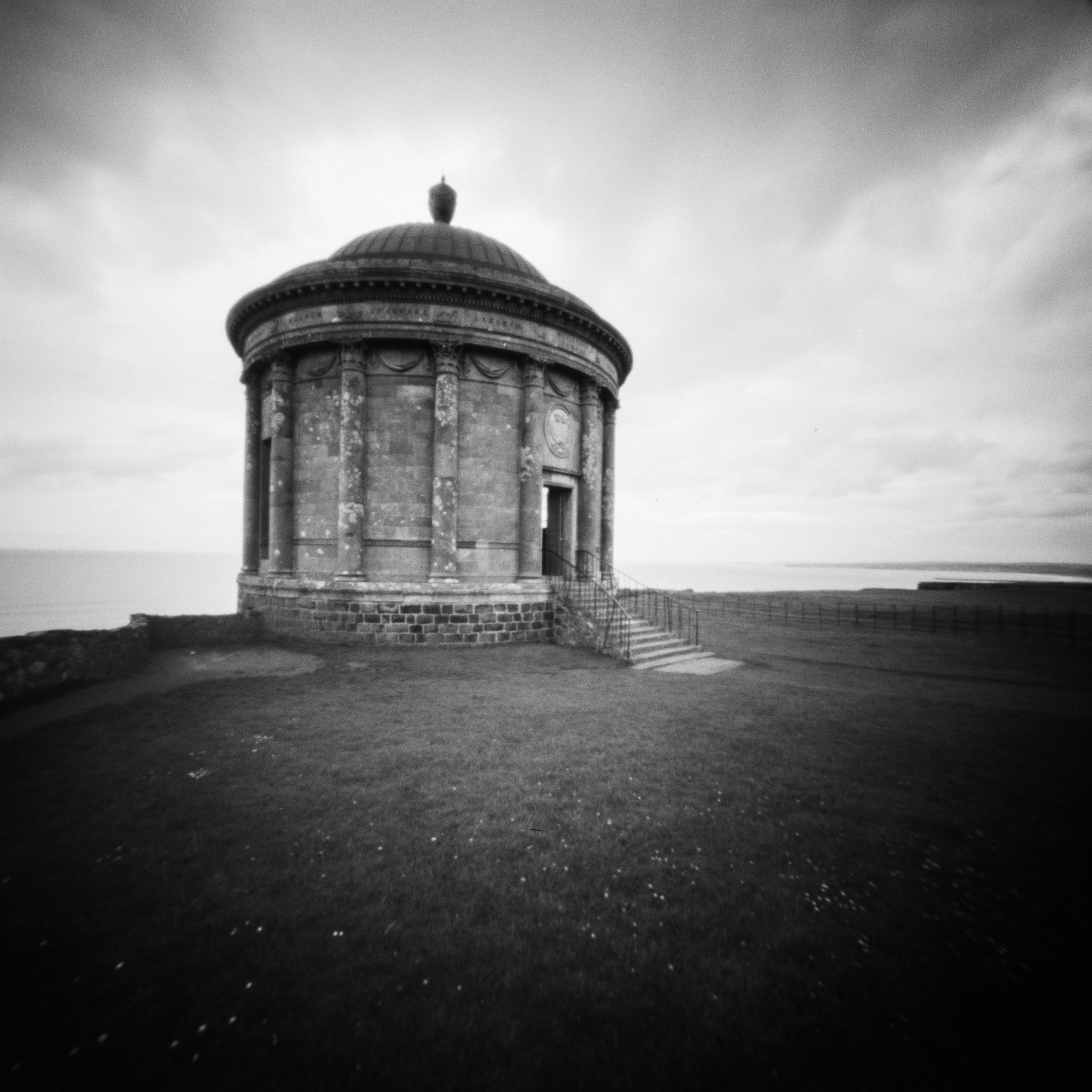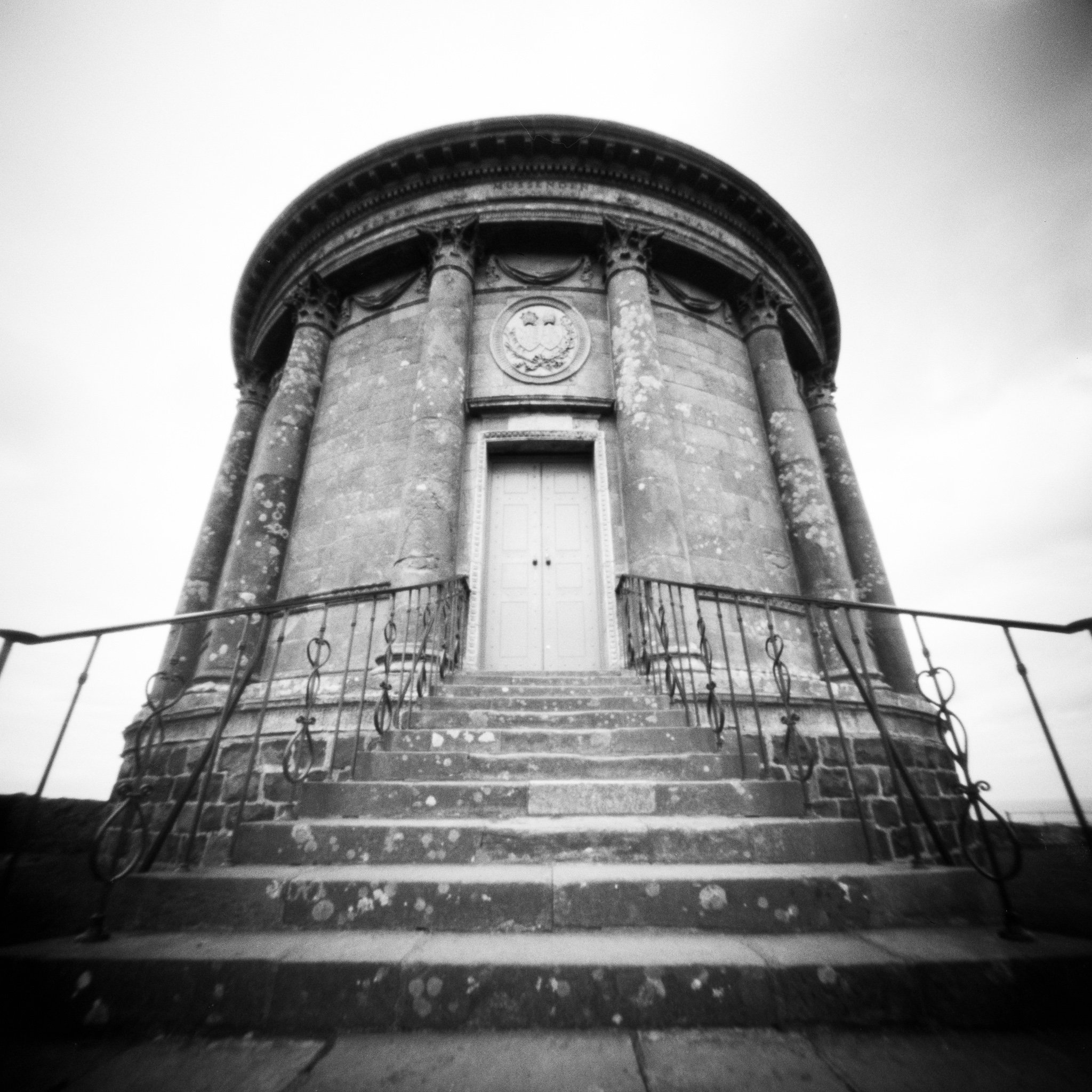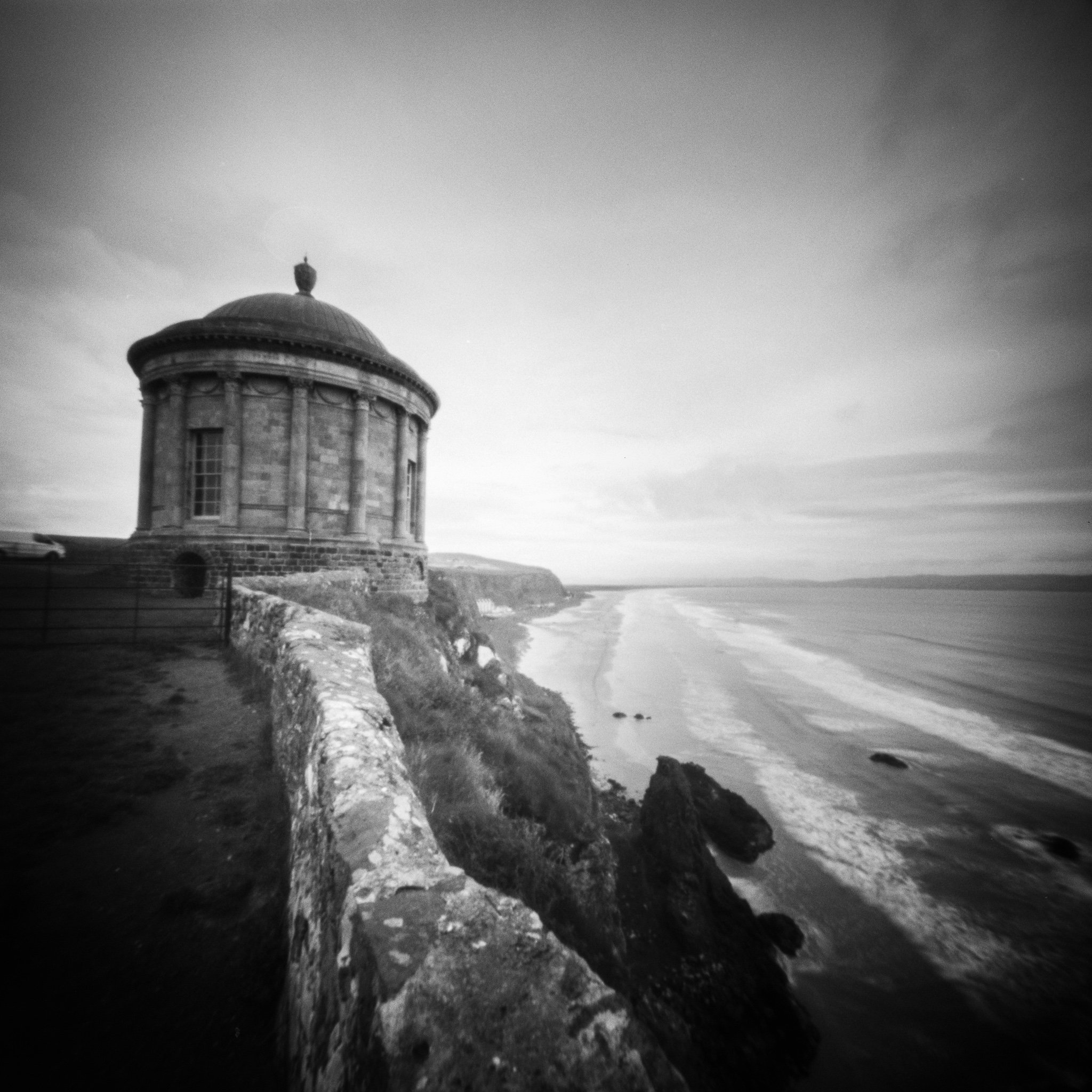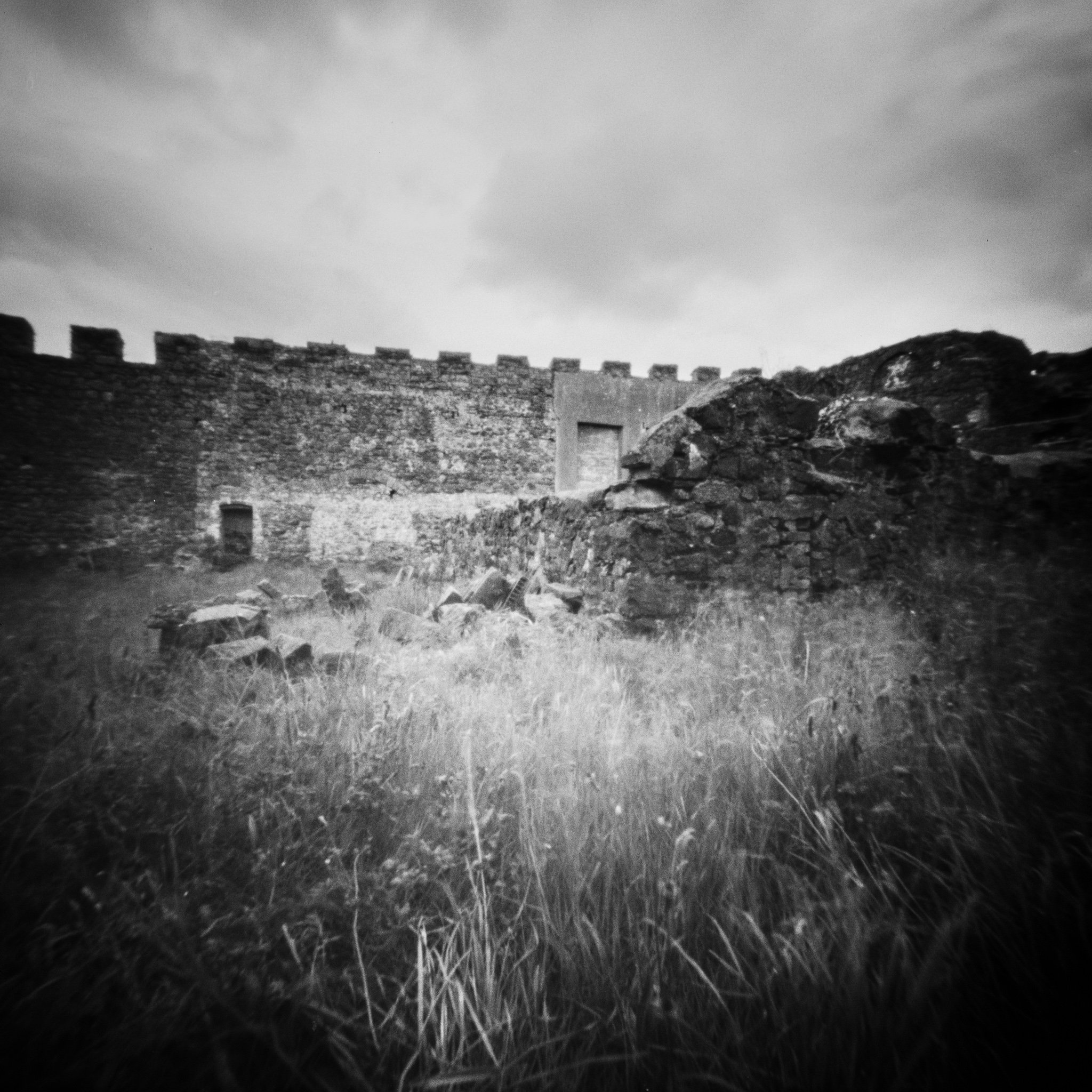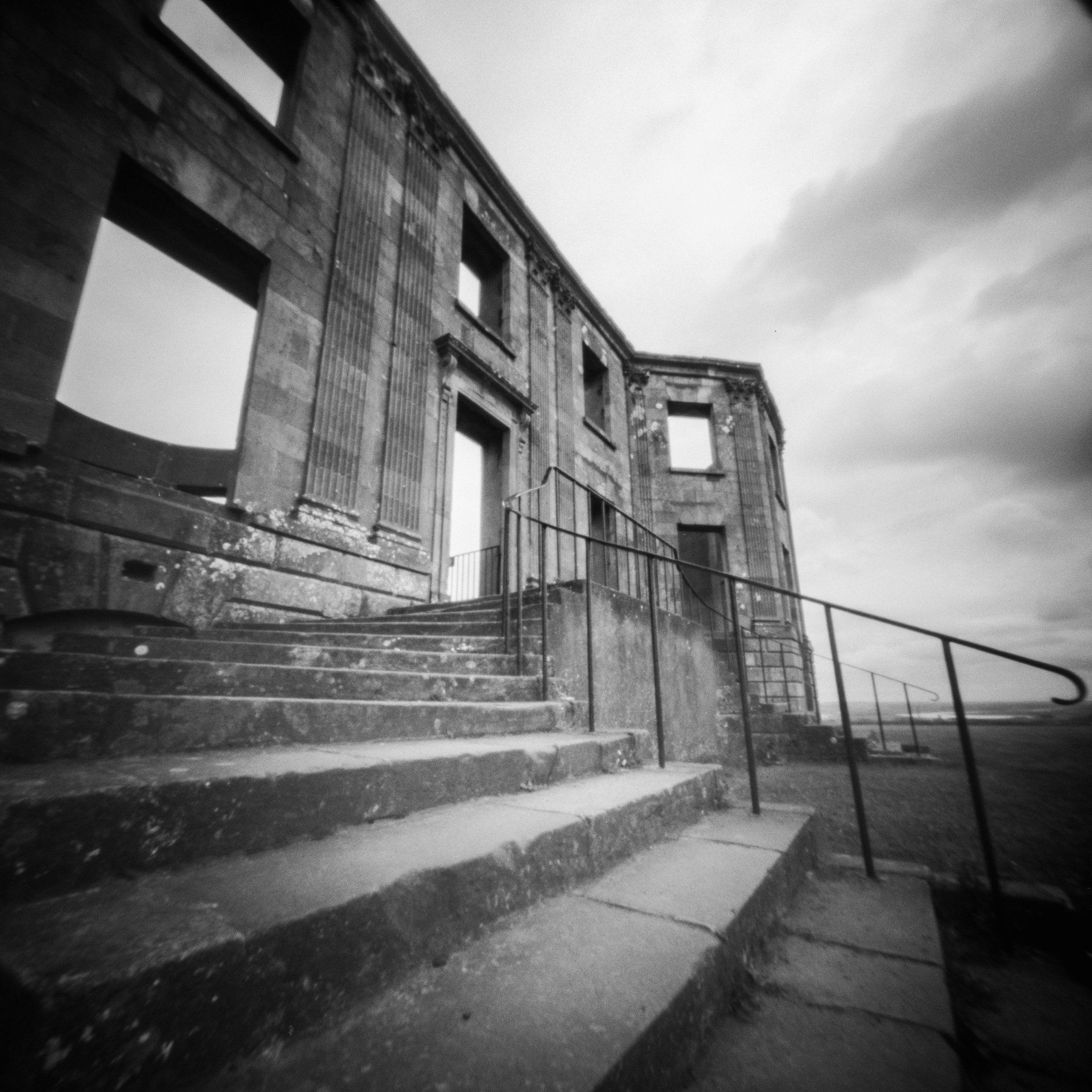The last time we visited the historic dockyard, in 2007, the remains of the Mary Rose were still being sprayed with a fine mist of water soluble wax to preserve the 16th century wood. Through the fog she was a mysterious sight but we knew she’d soon be dried out and open for clearer viewing. That process took many years and she finally welcomed visitors to the new museum, which had been built around her, in 2016, and yet it still took us another seven years to go back!
In keeping with the post-Christmas period of relaxation I decided to travel light for our visit to the Mary Rose Museum, taking just my iPhone along. It felt strangely liberating not to be carrying a ‘proper’ camera, but that wasn’t going to stop me capturing photos of the museum. Shooting almost everything through glass offer some challenges, but that would have been the same whatever equipment I was using.
As well as the ship, the museum is packed with items found in and around the ship when she was brought up from the Solent and it was fascinating to see glimpses of life on King Henry VIII’s ship. Many wooden and bone artefacts survived remarkably well, buried in the mud, but very few iron objects (such as the gun carriage above) made it through the centuries without rusting away.
Several skulls were on display, belonging to particular members of the ship’s crew. From memory I think this one belongs to the cook, Ny Cop, whose engraved wooden bowl appears below, alongside a second bowl belonging to another crew member.
Photos taken 27 December 2023































